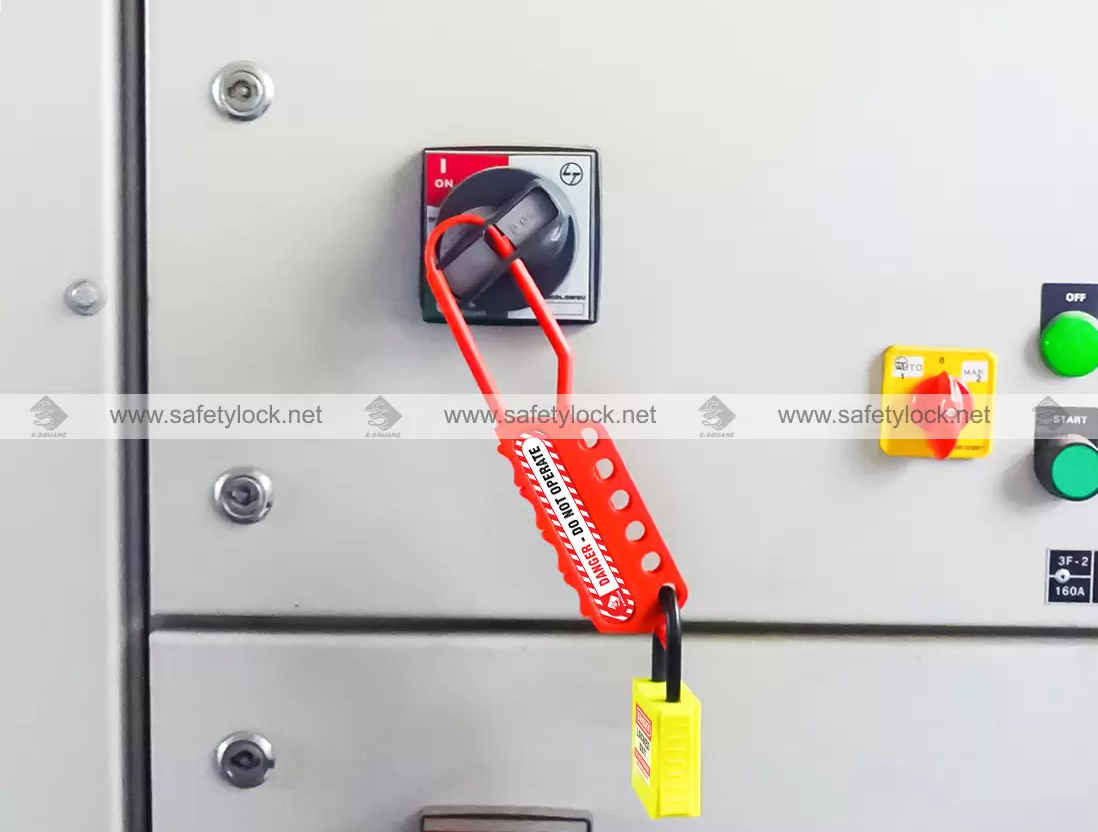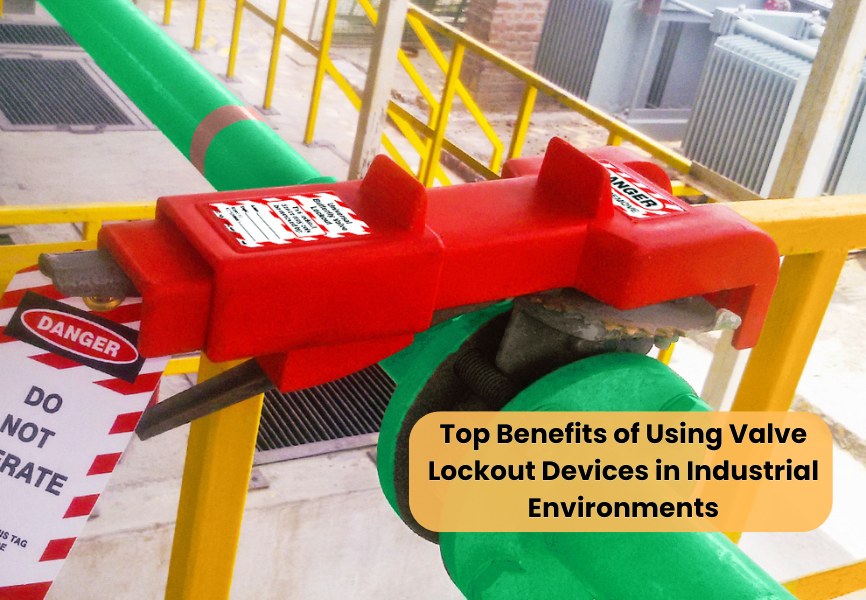Maximizing Workplace Safety: The Benefits and Uses of Different Lockout Hasps

Strong 8k brings an ultra-HD IPTV experience to your living room and your pocket.
Workplace safety is a top priority, especially in industries where hazardous energy can pose significant risks to employees. One of the critical tools in ensuring safety during maintenance and servicing activities is the lockout tagout hasp. These devices play a vital role in lockout tagout procedures by allowing multiple workers to secure energy-isolating devices simultaneously. By understanding the types, benefits, and uses of lockout safety hasps, organizations can enhance their safety protocols and protect their workforce effectively.
What Are Lockout Hasps?
Lockout hasps are devices designed to secure energy-isolating equipment, such as circuit breakers, valves, or switches, by allowing multiple locks to be attached. These hasps ensure that machinery remains de-energized until all maintenance or servicing tasks are complete, and every worker has removed their personal lock. This collective locking system ensures that no worker can accidentally re-energize the equipment while others are still in a hazardous zone.
Types of Lockout Hasps
1. Standard Lockout Hasps:
These basic hasps are typically made of steel or aluminum and feature multiple locking holes. They are ideal for general-purpose applications where simplicity and durability are required.
2. Non-Conductive LOTO Hasps:
Designed for electrical lockout applications, these hasps are made of non-conductive materials such as nylon or plastic. These nylon lockout hasps prevent accidental electrical contact, adding an extra layer of safety for electrical maintenance tasks.
3. Heavy-Duty Hasps:
Made of reinforced materials, heavy-duty hasps are designed to withstand harsh environments and tampering. They are ideal for industrial settings with high-security requirements.
4. Toggle or Sliding Hasps:
These have a sliding or toggle mechanism that provides additional locking security. They are particularly useful for applications where accidental removal of the hasp must be prevented.
5. Labeled Hasps:
These labeled lockout hasps come with writable surfaces or pre-printed labels, allowing workers to include important information such as their name, department, or lockout reason. This enhances communication and accountability.
Benefits of Using Lockout Hasps
1. Enhanced Safety:
Lockout hasps ensure that equipment remains de-energized until every worker has removed their lock. This collective security minimizes the risk of accidental energy releases, protecting workers from injuries.
2. Versatility:
With various designs and materials available, lockout hasps can be used across different industries and for diverse lockout applications, including mechanical, electrical, and hydraulic systems.
3. Team Accountability:
By requiring every worker to attach and remove their lock, LOTO hasps promote accountability and ensure that no one is overlooked during lockout procedures.
4. Cost-Effective:
Lockout hasps are durable and reusable, making them a cost-effective addition to safety programs. Their simple design also makes them easy to maintain and replace.
5. Compliance with Safety Standards:
Using lockout hasps as part of a comprehensive LOTO program helps organizations comply with OSHA and other regulatory standards, avoiding fines and enhancing workplace safety culture.
6. Tamper Resistance:
Many hasps are designed to resist tampering, ensuring that only authorized personnel can access locked-out equipment.
Applications of Lockout Hasps
• Electrical Maintenance: Non-conductive hasps are widely used in electrical lockout procedures to prevent accidental contact with live circuits.
• Machinery Servicing: Standard and heavy-duty hasps are commonly used to lock out equipment such as conveyors, presses, or pumps during servicing.
• Chemical and Valve Lockout: Sliding or toggle hasps are effective for locking valves in industries dealing with hazardous substances.
• Multi-Point Lockouts: Scissor-style hasps are ideal for securing multiple lock points on complex machinery or systems.
Best Practices for Using Lockout Hasps
1. Choose the Right Type:
Select a hasp that suits the specific lockout application, considering factors such as material, durability, and environmental conditions.
2. Train Employees:
Ensure workers understand how to use lockout hasps correctly and are familiar with their role in the Lockout Tagout process.
3. Inspect Regularly:
Periodically check hasps for wear and tear, replacing any that are damaged to maintain safety standards.
4. Integrate with a LOTO Program:
Lockout hasps should be part of a broader LOTO program that includes written procedures, proper tools, and thorough training.
Conclusion
Lockout hasps are simple yet indispensable tools for enhancing workplace safety. Their ability to secure energy-isolating devices for multiple workers makes them vital in lockout tagout procedures.
By selecting the right type of hasp and integrating it into a comprehensive safety program, organizations can protect their employees, ensure compliance with safety regulations, and foster a culture of accountability and safety. Investing in lockout hasps is not just about compliance; it’s about prioritizing the well-being of every worker on the job.
Note: IndiBlogHub features both user-submitted and editorial content. We do not verify third-party contributions. Read our Disclaimer and Privacy Policyfor details.







